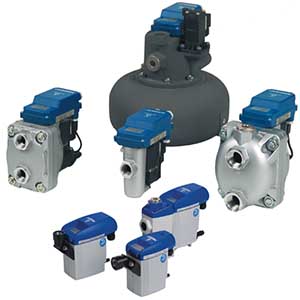
The Importance of Drains in Compressed Air Treatment
Compressed air systems are vital in many industrial and commercial applications, providing power for tools, machinery, and processes. However, ensuring the quality and reliability of compressed air is crucial for optimal performance and longevity of the equipment. One often overlooked yet essential component of compressed air treatment is the drain system. Here’s why drains are indispensable in compressed air treatment:
1. Moisture Removal
Compressed air naturally contains moisture. When air is compressed, the temperature increases, and as it cools, moisture condenses and accumulates in the system. This moisture can cause various problems, including corrosion, reduced efficiency, and damage to air-operated equipment. Drains remove this condensed moisture, preventing it from causing harm.
2. Prevention of Contaminant Build-up
Besides moisture, compressed air can carry contaminants such as oil and particulate matter. Over time, these contaminants can accumulate in the system, leading to blockages, increased wear and tear, and potential system failures. Drains help in regularly flushing out these contaminants, maintaining the cleanliness and efficiency of the system.
3. Protection of Downstream Equipment
Moisture and contaminants in compressed air can severely damage downstream equipment, such as filters, dryers, and pneumatic tools. This not only leads to increased maintenance costs but can also result in unexpected downtime. By ensuring that drains effectively remove these unwanted elements, the lifespan and reliability of downstream equipment are significantly improved.
4. Energy Efficiency
A well-maintained compressed air system operates more efficiently. Moisture and contaminants increase the load on the system, making it work harder and consume more energy. Efficient drainage reduces the burden on the system, leading to lower energy consumption and operational costs.
5. Consistent Air Quality
Many industrial processes require high-quality compressed air. Inconsistent air quality can lead to product defects, compromised processes, and non-compliance with industry standards. Drains play a critical role in ensuring that the compressed air remains clean and dry, thus maintaining the required quality standards.
6. Minimizing Maintenance and Downtime
Regularly removing moisture and contaminants through effective drainage reduces the frequency of maintenance and the likelihood of unexpected breakdowns. This leads to improved productivity, as the system can run smoothly without frequent interruptions for repairs or maintenance.
7. Cost Savings
Although the initial investment in a good drain system might seem like an added expense, it pays off in the long run. The cost savings from reduced energy consumption, lower maintenance expenses, extended equipment life, and minimized downtime make drains a cost-effective solution in compressed air treatment.
Conclusion
Drains are an integral part of a compressed air treatment system, ensuring the removal of moisture and contaminants that can compromise the system’s efficiency and reliability. By investing in high-quality drainage solutions, businesses can protect their equipment, ensure consistent air quality, reduce operational costs, and enhance overall system performance. Neglecting drains can lead to significant problems, whereas proper drainage is a simple yet powerful way to maintain a healthy and efficient compressed air system.